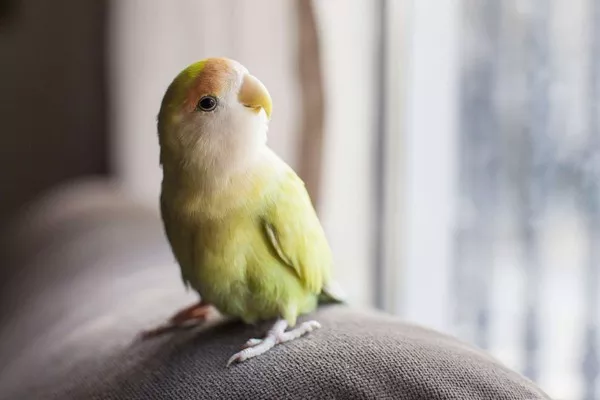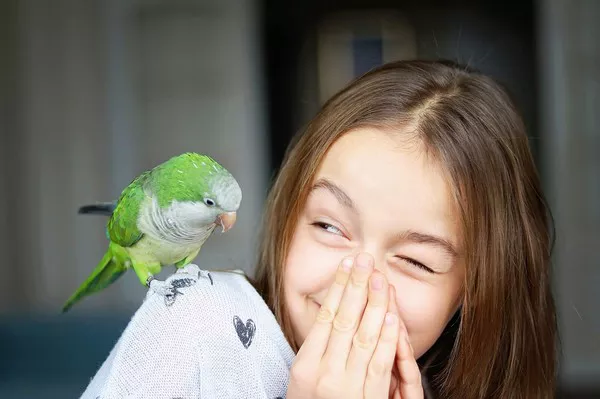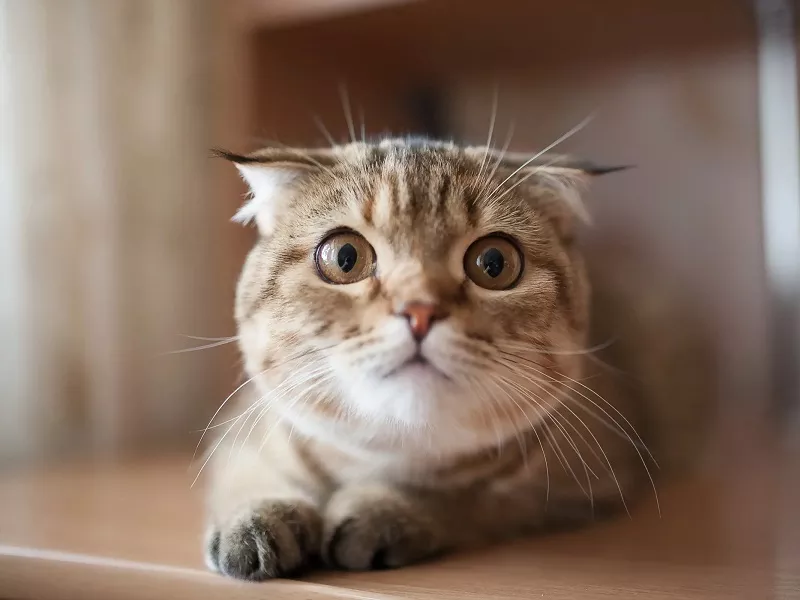The Indian Ringneck Parrot (Psittacula krameri manillensis) is a popular and charismatic pet bird known for its striking colors, exceptional intelligence, and charming personality. Keeping an Indian Ringneck as a companion can be a rewarding experience, but it also comes with significant responsibilities. Proper care is essential to ensure the well-being and happiness of these intelligent birds. In this comprehensive guide, we will explore six key topics that cover all aspects of Indian Ringneck care, from selecting a healthy bird to creating a nurturing environment and maintaining their physical and emotional health.
Understanding the Indian Ringneck Parrot
The Indian Ringneck Parrot, scientifically known as Psittacula krameri manillensis, is a captivating and popular pet bird originating from the Indian subcontinent. Renowned for its vibrant colors, exceptional intelligence, and social nature, the Indian Ringneck has become a favorite companion for bird enthusiasts worldwide. In this section, we will explore the various aspects of these magnificent birds, including their native habitat, physical characteristics, communication methods, social behavior, and the significance of companionship.
Native Habitat and Distribution:
Indian Ringneck Parrots are native to various regions of South Asia, including India, Sri Lanka, Nepal, Bhutan, and Pakistan. Within these countries, they can be found in diverse habitats such as forests, grasslands, agricultural areas, and even urban environments. These birds are highly adaptable and can thrive in different climates, ranging from temperate regions to tropical landscapes.
Physical Characteristics and Color Mutations:
The Indian Ringneck is a medium-sized parrot, with an average length of approximately 14 to 16 inches (35 to 40 centimeters) from the beak to the tip of the tail. They possess a long tail and a distinct ring of color around their neck, from which they derive their name. While the wild-type Indian Ringneck has predominantly green plumage, captive breeding has led to a wide array of color mutations, including blue, yellow, turquoise, lutino (yellow with red eyes), and albino (white with red eyes).
Lifespan and Common Health Concerns:
With proper care and attention, Indian Ringneck parrots can live for several decades. On average, they have a lifespan of 25 to 30 years, but some well-cared-for individuals can live even longer. To ensure a long and healthy life, it is crucial to be aware of common health concerns that may affect these birds, such as respiratory infections, feather plucking, obesity, and beak overgrowth. Regular veterinary check-ups and a balanced diet are vital for early detection and prevention of health issues.
Vocalizations and Understanding Their Sounds:
Indian Ringnecks are known for their impressive vocal abilities and are highly vocal birds. They can mimic various sounds, including human speech, other bird calls, and household noises. While some individuals may learn to talk and imitate sounds more readily than others, most Indian Ringnecks are capable of learning basic words and phrases with patient training and repetition. Understanding their vocalizations is essential for interpreting their moods and emotions.
Social Nature and the Importance of Companionship:
Indian Ringneck parrots are inherently social creatures and thrive on interaction with their human caregivers. They form strong bonds with their owners and can become affectionate and playful companions. However, these intelligent birds also require mental stimulation and socialization to prevent boredom and behavioral issues. Regular interaction, social play, and providing a variety of toys and activities are crucial to keep them engaged and happy.
Selecting a Healthy Indian Ringneck Parrot
Selecting a healthy Indian Ringneck parrot involves choosing a reputable breeder or adoption center, identifying signs of a healthy bird, and considering factors like the bird’s behavior and overall appearance before making a decision. Quarantining new birds and ensuring they have a clean bill of health is also crucial to prevent the spread of potential illnesses to existing pets.
Creating the Perfect Home Environment
Creating the perfect home environment for an Indian Ringneck parrot is a crucial aspect of responsible pet ownership. Providing a well-designed and enriching living space is essential for the overall well-being and happiness of these intelligent and social birds. Here are some key points to consider when creating the perfect home for your Indian Ringneck:
Cage Size and Design: Choose a spacious and appropriately-sized cage that allows your Indian Ringneck to move freely and comfortably. The cage should be large enough to accommodate their wingspan and offer enough room for toys and perches. Opt for a cage with horizontal bars, as Indian Ringnecks love to climb and play.
Cage Placement: Find a suitable location for the cage where your Indian Ringneck can feel part of the family while still having a sense of security. Avoid placing the cage in direct sunlight or drafty areas, as temperature fluctuations can be detrimental to their health.
Cage Accessories and Toys: Include a variety of toys and accessories inside the cage to keep your Indian Ringneck mentally stimulated. Toys that encourage foraging, chewing, and problem-solving are particularly beneficial. Rotating toys regularly can help prevent boredom.
Perches: Provide natural wooden perches of varying diameters to promote foot health and exercise. Avoid using sandpaper-covered perches, as they can cause abrasions on your bird’s feet.
Play Area: Designate a safe and supervised play area outside the cage where your Indian Ringneck can explore and exercise. Use bird-safe branches, ladders, and play gyms to create an engaging and interactive space.
Nutritious Diet: Offer a well-balanced and nutritious diet that includes a variety of fresh fruits, vegetables, high-quality pellet mixes, and occasional treats. Avoid feeding them foods that are toxic to birds, such as chocolate, avocado, caffeine, and certain fruits with pits.
Fresh Water: Ensure that your Indian Ringneck always has access to fresh and clean water. Change the water daily and clean the water dish regularly to prevent bacterial growth.
Social Interaction: Indian Ringnecks are highly social birds and crave companionship. Spend quality time with your bird every day, engaging in activities, talking, and training. A lack of social interaction can lead to behavioral issues and loneliness.
Mental Stimulation: Provide mental enrichment through interactive toys, puzzles, and activities. Indian Ringnecks are intelligent and curious birds that need mental challenges to thrive.
Safety Measures: Bird-proof your home to ensure that your Indian Ringneck is protected from potential hazards. Remove toxic plants, secure windows and doors, and cover exposed electrical cords.
Proper Nutrition and Feeding
Proper nutrition and feeding for an Indian Ringneck parrot involves offering a well-balanced diet that includes a variety of fresh fruits, vegetables, high-quality pellet mixes, and occasional treats. Fresh water should always be available, and owners should avoid feeding them foods that are toxic to birds. Regular monitoring of their diet is essential to ensure their health and well-being.
Physical and Mental Health Care
Physical and mental health care for an Indian Ringneck parrot includes regular veterinary check-ups, maintaining feather condition, providing proper nutrition, exercise, and mental stimulation. Owners should be attentive to signs of illness and address behavioral issues promptly for a happy and healthy bird.
Conclusion
Providing a loving and nurturing environment for your Indian Ringneck parrot is essential to ensure their well-being and happiness as a beloved companion. By understanding their natural behaviors, offering proper nutrition, healthcare, and training, you can form a strong bond with your pet and enjoy a fulfilling relationship for years to come. Remember, the key to successful Indian Ringneck care lies in patience, consistency, and genuine affection for these remarkable and intelligent feathered friends.
Related Topics:


























